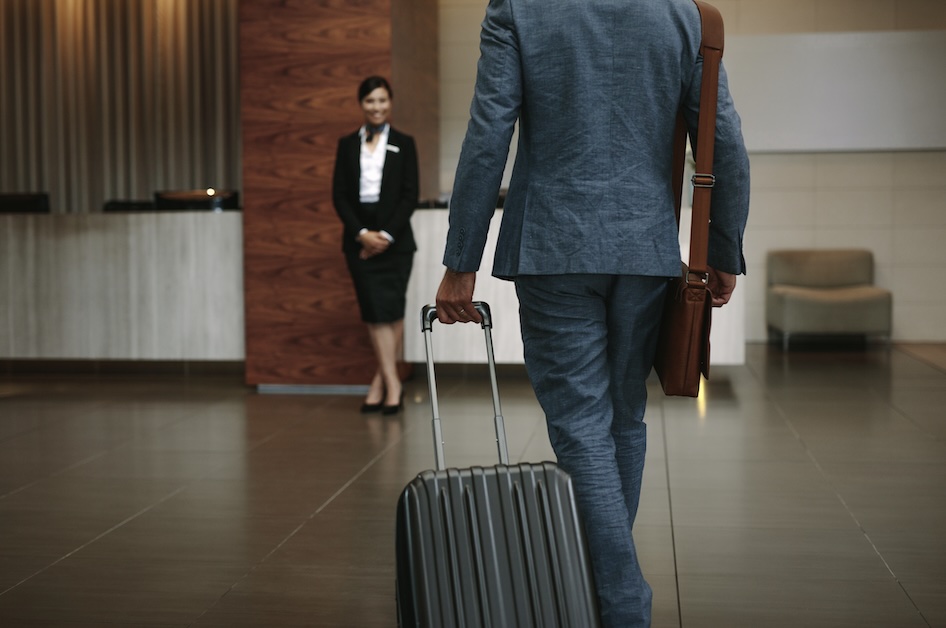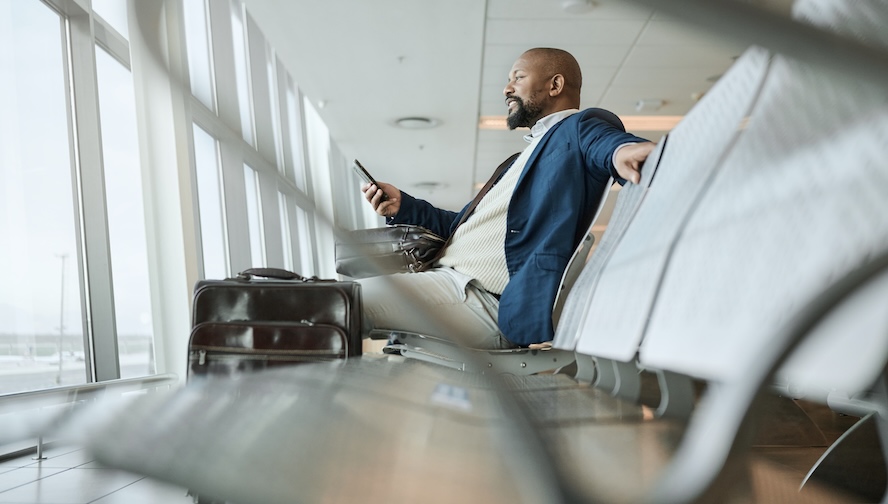
Business travel is a proven driver of revenue, but for many organizations, the costs extend well beyond airfare and hotels. Traveler “friction”—the exhaustion, stress, and inefficiencies built into frequent trips—can erode employee well-being, performance, and ultimately return on investment (ROI). By rethinking policy, planning, and traveler support, companies can reduce that strain while protecting both people and profits.
The true cost of friction
.jpg)
Corporate “road warriors,” who account for roughly 10% of all travelers, endure some of the heaviest burdens. According to research by Scott Gillespie, founder and CEO oftClara, on average, they take 35 trips per year, crossing 138 time zones and spending the equivalent of four months away from home. Nearly 62% of their flight hours occur during personal time, and 88% of those hours are in economy class.
The toll is clear in their own words.
“Traveling is hard, and the longer you do it, the harder it is,” said a VP of Global Sales.
A consulting executive described being “always working, always on”—typing away on a laptop during 6 a.m. flights or late-night returns.
A software CEO put it bluntly: “I am exhausted all the time.”
Sleep disruption is a key driver of friction. Experts note it can take up to 24 hours of recovery for each time zone crossed, meaning a three-zone shift can require three days to feel normal again. That fatigue impacts diet, exercise, and focus—undermining performance just when employees are expected to deliver their best.
Beyond direct savings
.jpg)
Most companies focus on negotiated savings, typically trimming 10–15% off air and hotel spend.But limiting the analysis to direct costs misses larger risks and opportunities, said Matt Cameron, chief strategy officer at Christopherson.
“Attrition costs when road warriors burn out and leave can hit $100,000 per employee,” Cameron noted, citing Gillespie’s research. “Ineffective trips add wasted time and expense, while the real value a road warrior brings can reach $600,000 a year.”
In other words, penny-pinching on policy may save a few thousand dollars, but hidden costs—from turnover to lost productivity—can be far greater.
Policy and planning adjustments
.jpg)
The data shows that small changes in travel policy can create outsized improvements in ROI.Allowing nonstop flights even at higher fares, booking better hotels to ensure rest, or upgrading seat class for long-haul trips can drastically reduce fatigue.
Cameron illustrated the tradeoff: “At a five-star experience, friction is minimal but costs are high. At the opposite end, you can still spend a lot and deliver only a one-star trip because friction inflates total costs. The goal is finding that optimal balance.”
Strategic trip selection is also key. When budgets are tight, not every flight is equal. One Christopherson analysis compared three trips: a $1,000 customer touchpoint, a $2,000 supplier negotiation worth $3,000, and a $3,000 coworker strategy meeting valued at $10,000. The most effective choice was skipping the lowest-value trip and approving the other two, netting $8,000 in organizational value after costs.
“Being smart about which trips you take is not just about how much you're going to spend,” Cameron said. “You’ve got to think about the value being generated.”
Supporting road warriors like athletes
.jpg)
Christopherson strategic consultant Paul Foster agreed with Gillespie's argument that frequent travelers should be supported like professional athletes—preparing, performing, and recovering with equal rigor.
Pre-trip measures include anti-jet lag plans, fewer connections, and expanded seat or hotel options. On-trip support may cover wellness stipends for gyms or yoga, disruption monitoring, and healthy dining discounts. Post-trip, companies can build in recovery days to prevent burnout.
“We see parallels with athletes,” Foster explained. “They focus on sleep, diet, exercise, and recovery around every event. Travelers deserve the same structure if we expect them to deliver at a high level.”
Measuring ROI and compliance
.jpg)
The shift from cost-cutting to ROI requires new metrics. Dashboards from travel management companies can identify “high-friction travelers” and flag patterns like red-eye flight overuse or trips occurring during personal time.
In a recent survey Christopherson conducted with a client, travelers were frustrated when they were required to take red-eye flights and have client meetings after traveling all night.
“They just weren't up to speed, weren't ready for that, didn't give their best performance when they were tired and hadn't slept well,” Cameron said.
For the cost of an extra night’s stay, they were much more ready to go.
Supplier perks—like lounge passes, loyalty upgrades, and gym memberships—can be targeted to those most at risk of fatigue. And consulting-led rewards and recognition programs can drive policy compliance by giving travelers incentives to engage and maximize the use of corporate perks.
Managing change
None of these strategies work without cultural buy-in. HR’s involvement in stress-reduction programs, targeted communication to road warriors, and recognition of high-frequency travelers as critical talent are all part of the equation.
As Cameron emphasized, “If you cut unnecessary trips and focus on the most valuable ones, you’ll get higher marginal value per trip.”
Foster urged companies to take a closer look at their travel programs, specifically looking for areas of potential friction. Organizations could also conduct surveys of its travelers. Christopherson is ready to help businesses focus on reducing traveler friction in many different areas.
The payoff
Reducing traveler friction is not a “soft” initiative—it’s a direct line to performance, retention, and ROI. Organizations that protect road warriors from burnout can keep them focused on closing deals, building relationships, and driving growth.
“The more friction you have, the more ineffective trips you’ll take. And those add up in real costs,” Cameron said. “Reducing friction isn’t about luxury—it’s about keeping your best people effective.”
► You’ll also like: Prioritizing wellness for business travelers: Tips for travelers and travel managers






.png)